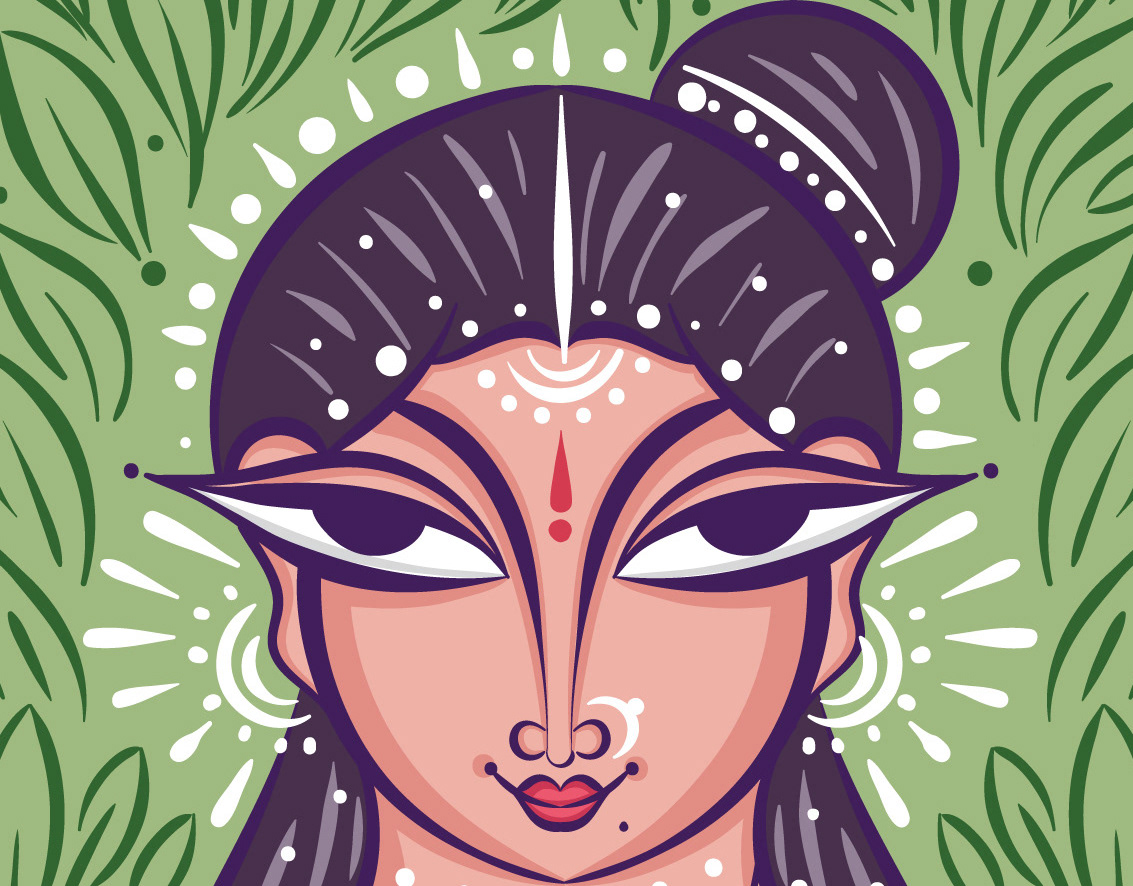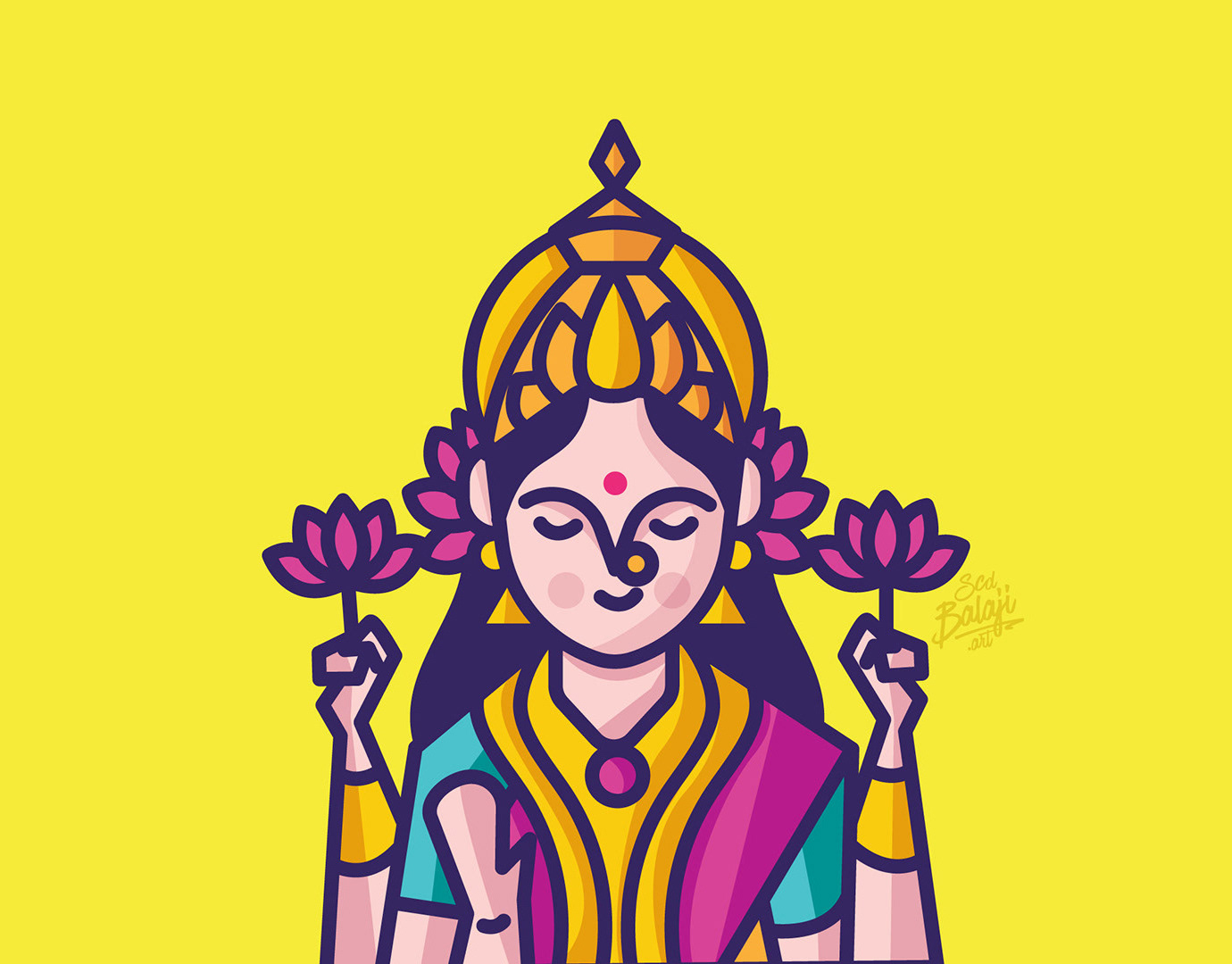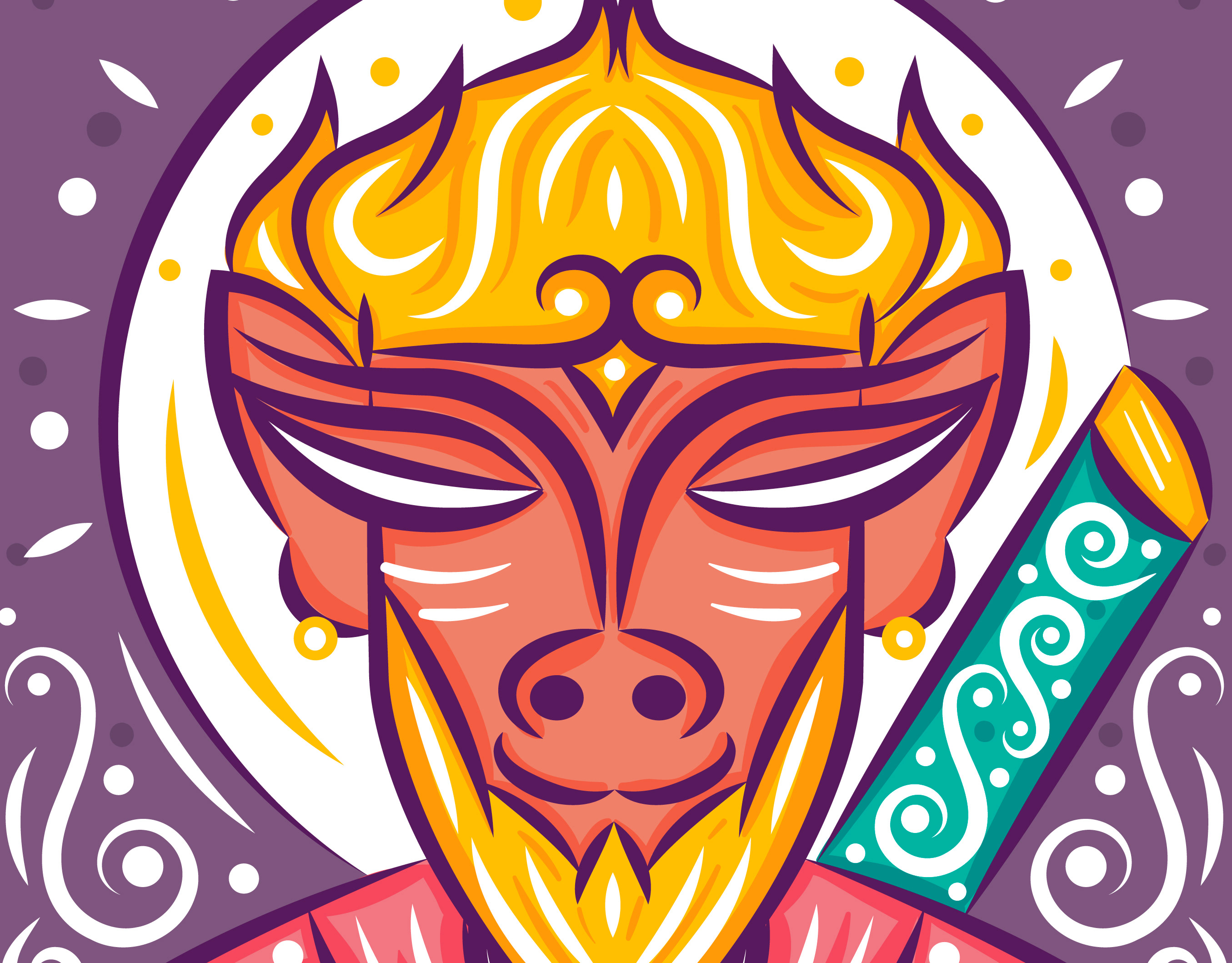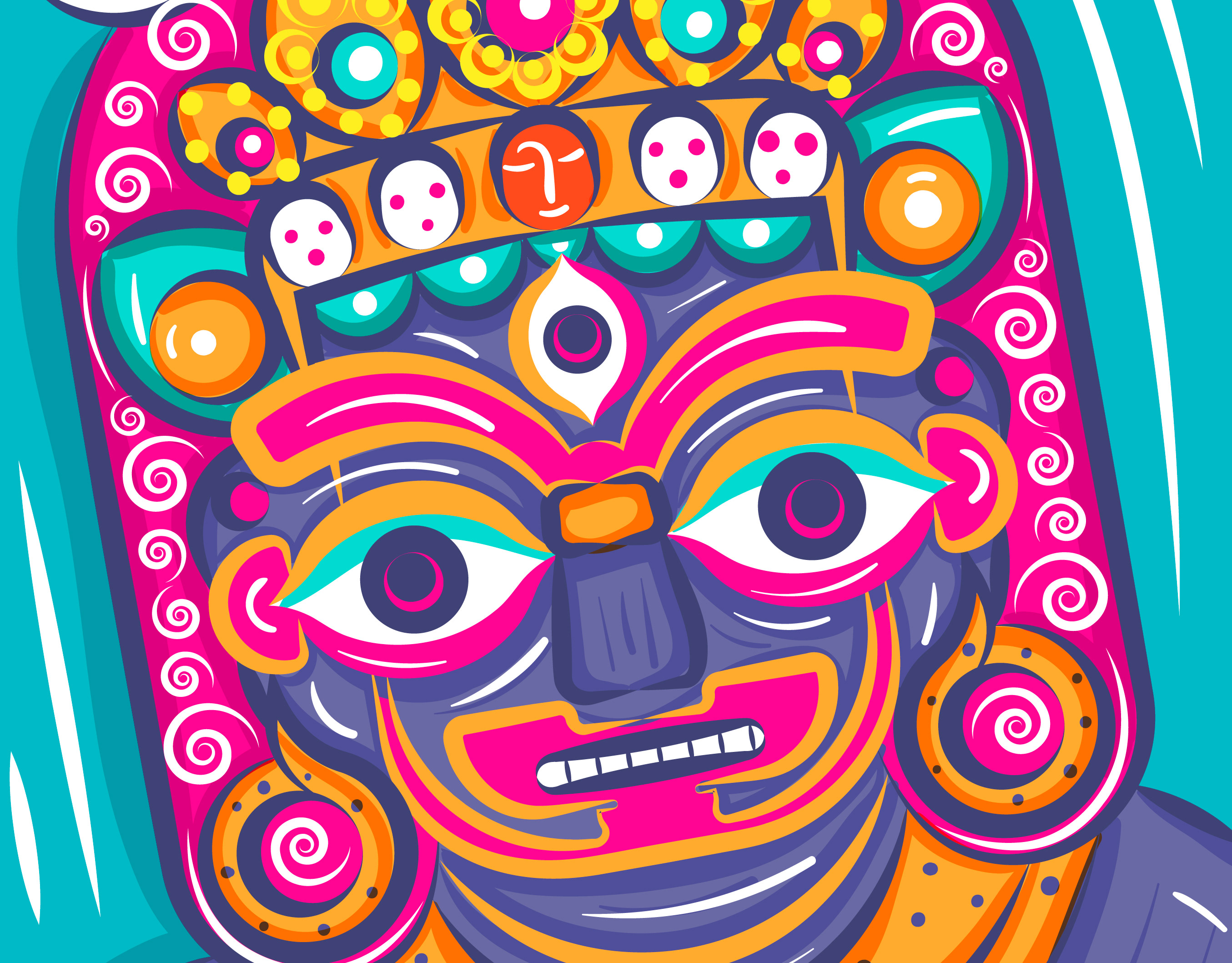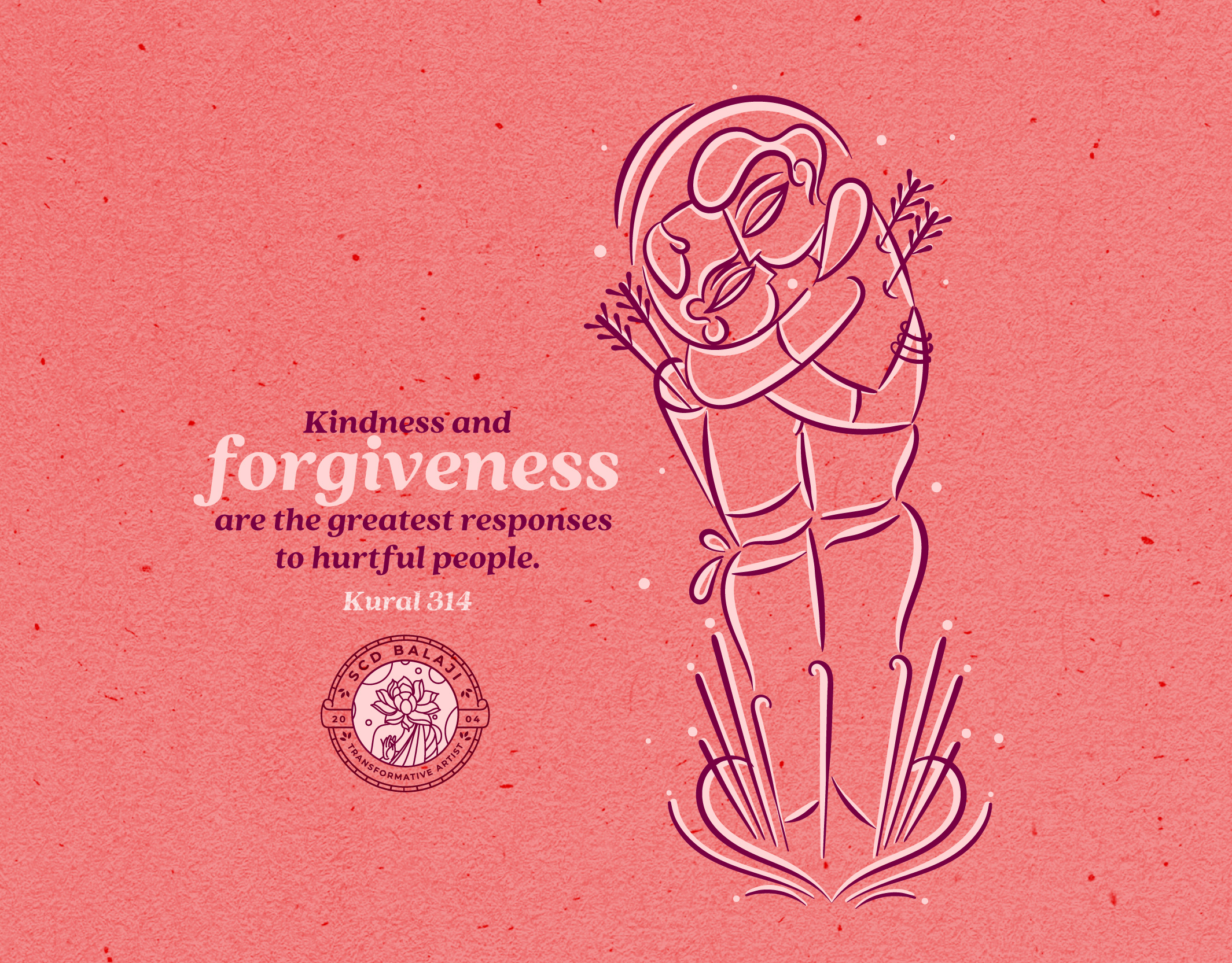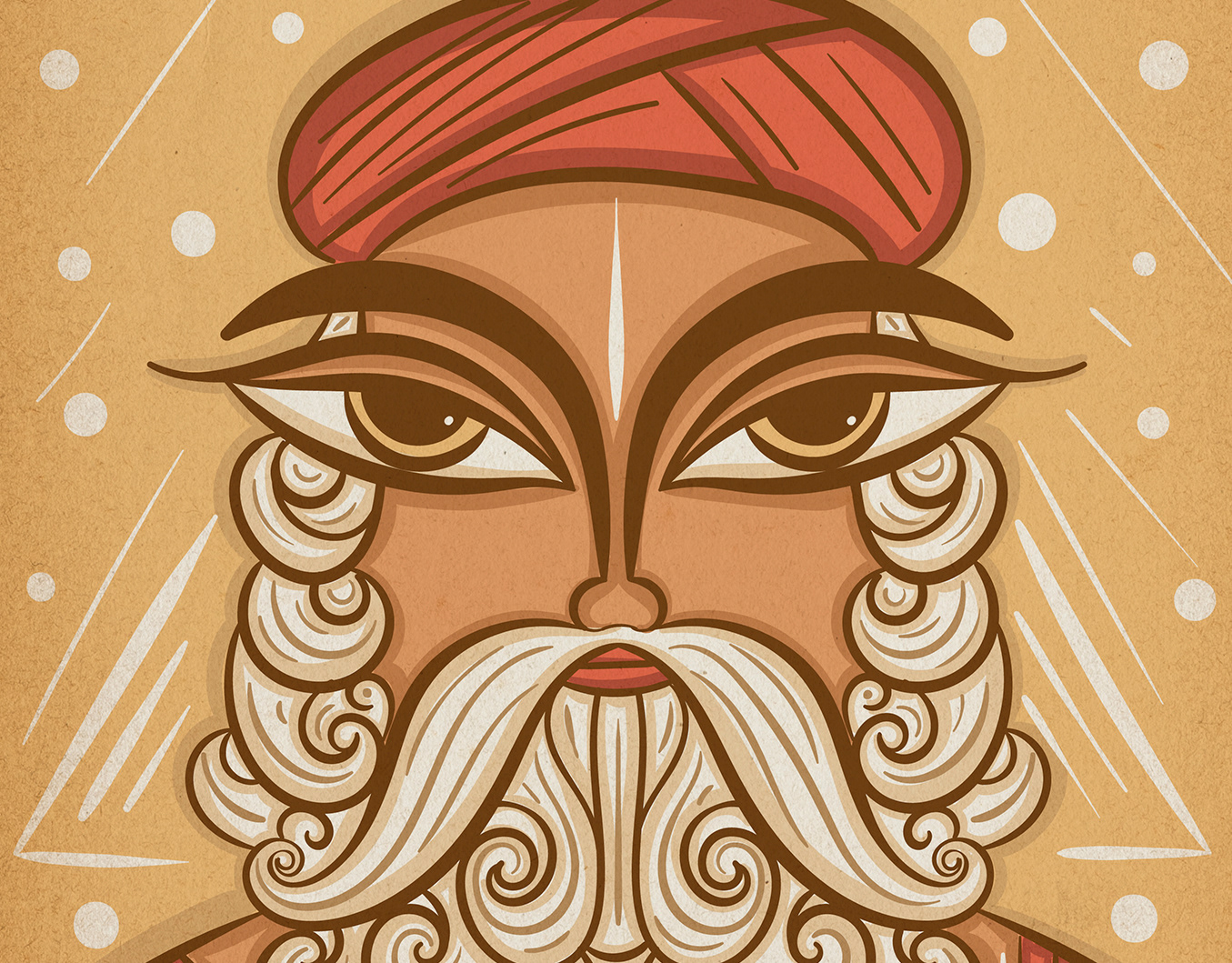The Padmapani painting in the Ajanta caves depicts Avalokiteśvara, also known as the Bodhisattva of Compassion. In the painting, Avalokiteśvara holds a lotus flower, symbolizing purity and enlightenment. "Padmapani" means "lotus-bearer," the being who offers purity and enlightenment to all suffering beings with love and compassion.
The Mysore Paintings and Kerala Murals are heavily influenced by the Ajanta Cave Paintings.
The Avalokiteśvara painting in the Ajanta caves is a celebrated masterpiece of Indian and Gupta Period art and architecture. It showcases intricate details, vibrant colors and a serene expression. This culturally, religiously and artistically significant painting depicts Avalokiteśvara, a beloved figure in Mahayana Buddhism, who teaches practitioners the power of the wisdom and compassion.
The Mysore Paintings and Kerala Murals are heavily influenced by the Ajanta Cave Paintings.
The Avalokiteśvara painting in the Ajanta caves is a celebrated masterpiece of Indian and Gupta Period art and architecture. It showcases intricate details, vibrant colors and a serene expression. This culturally, religiously and artistically significant painting depicts Avalokiteśvara, a beloved figure in Mahayana Buddhism, who teaches practitioners the power of the wisdom and compassion.
Illustration Style:
Introducing Neo Bengal Folk Art - a modern take on Bengal Pattachitra, inspired by Jamini Roy's work. My Illustrations feature thick and thin outlines, vivid colours, and intricate motifs. I aim to bridge the gap between the old and new, honouring our cultural heritage and pushing the boundaries of creativity.
Indian Folk Art 365:
Be part of Indian Folk Art 365 and help rediscover traditional art styles! We're creating awareness and preserving these precious art forms for years to come. Our programmes equip younger generations and art enthusiasts with ancient folk art forms, allowing them to make a difference and contribute to the renaissance of Indian Folk Visual Arts!
Explore more Indian Folk Illustrations at www.artpreneur.in


